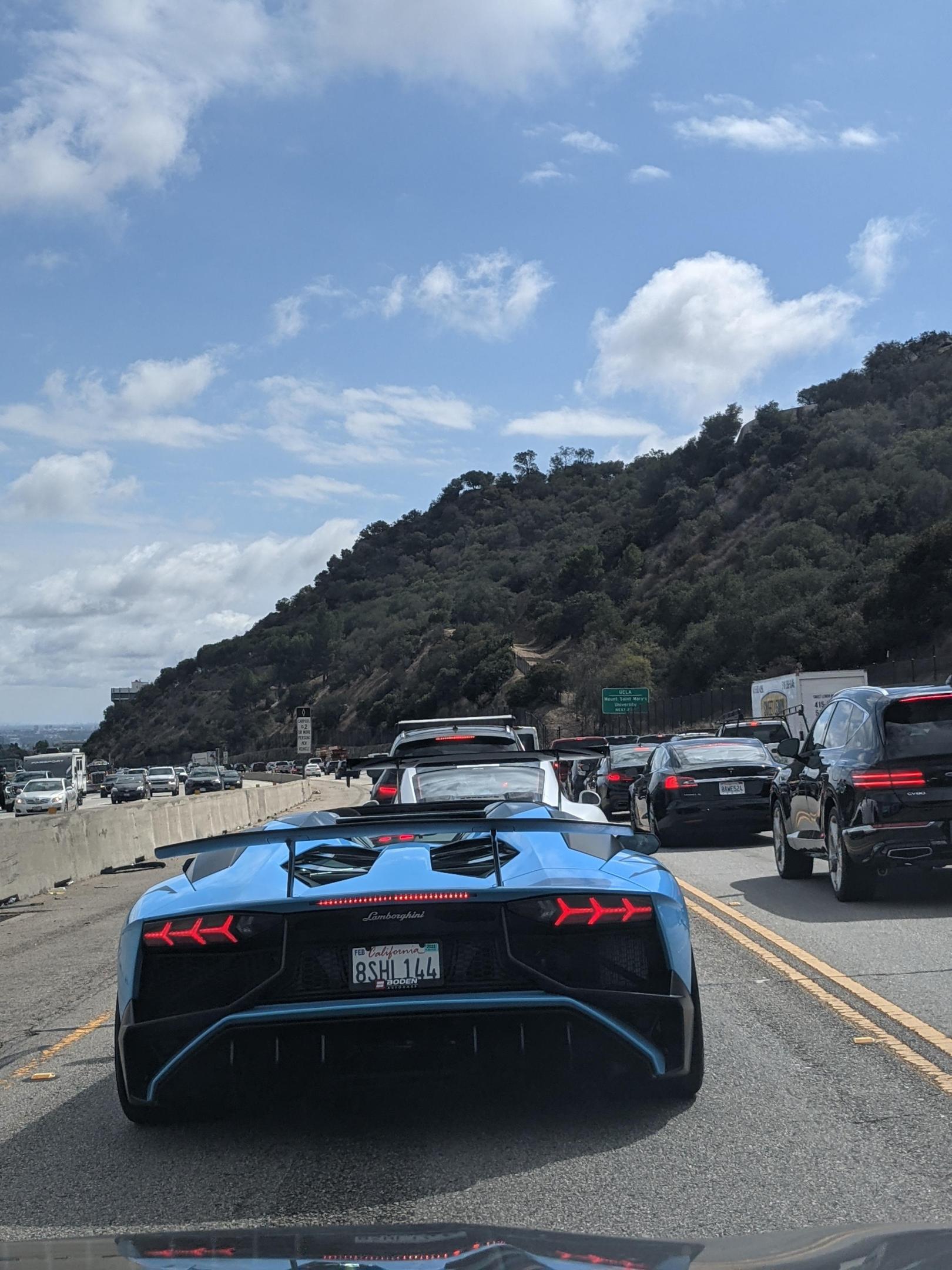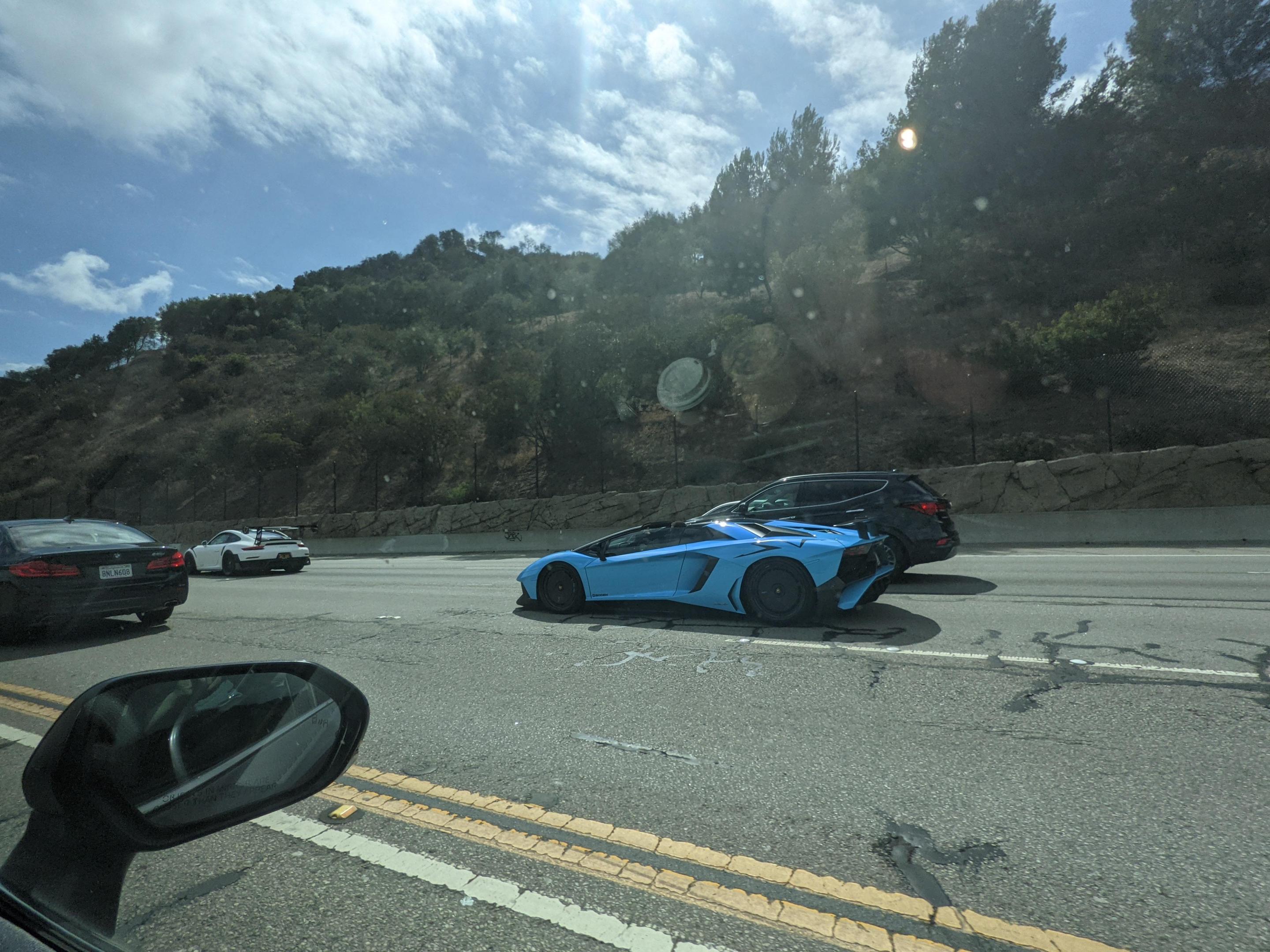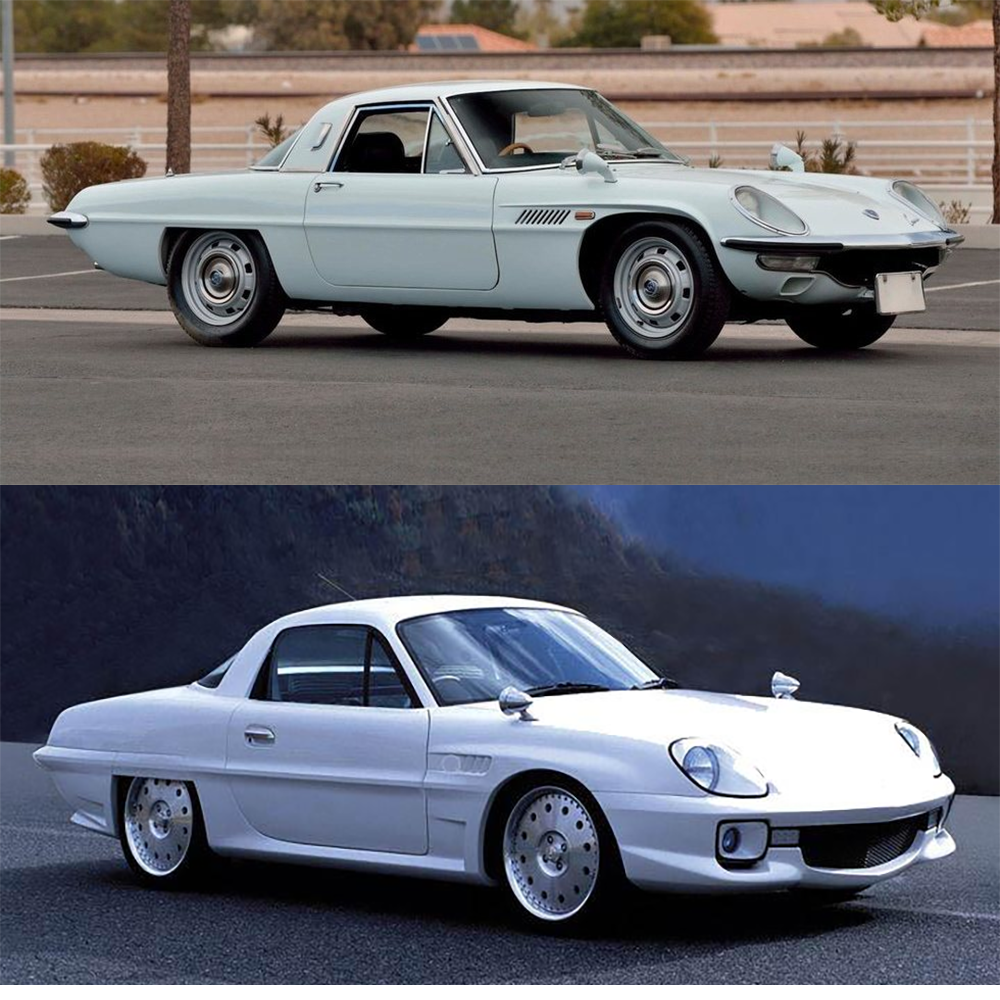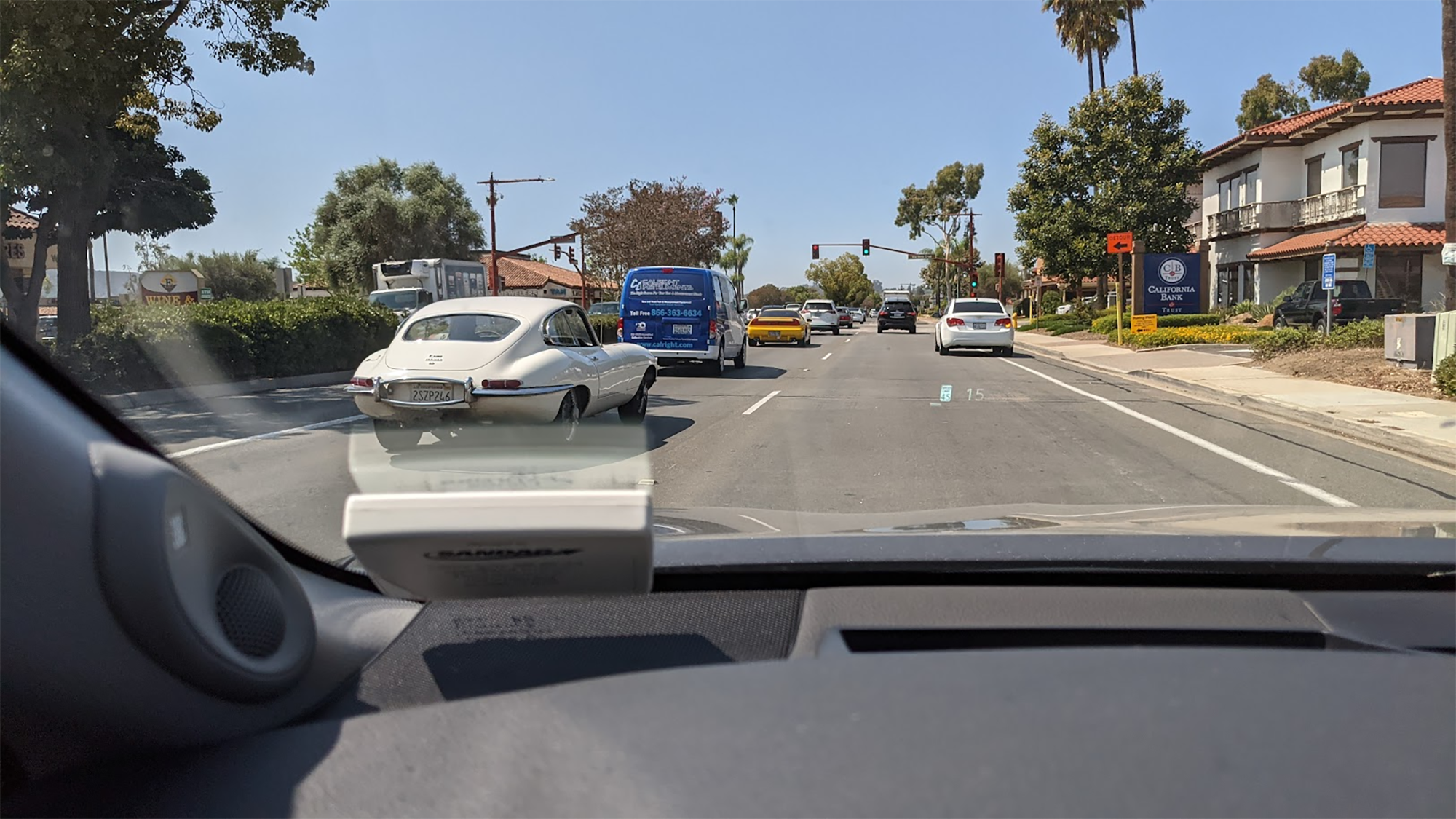-
Posts
3,982 -
Joined
-
Last visited
Content Type
Profiles
Forums
Events
Gallery
Everything posted by Pete J.
-
The Hindenburg effect! That is what has stopped using hydrogen in an internal combustion engine. People believe that a hydrogen powered car will burst into flames in an accident just like that ill fated airship. Unreasoning fear! Personally, I have been an advocate for hydrogen combustion engines for a very long time. Burn hydrogen, you get water, or more correctly steam. The main issue with that is you also get corrosion. Manufacturing an engine of that nature costs more to compensate for waters corrosive effects. One of the good parts about hydrogen in an accident is that if it does leak(and doesn't combust) there is nothing to clean up. Fuel spills of hydrogen do not harm the environment. If it does combust, it is no more dangerous than what happens in an accident with a propane or lp powered vehicle. The main issue with using it as a fuel is the same one that electricity has. Lack of infrastructure to deliver it efficiently.
-
As others have said, there is ton of it out there. You are rolling the dice depending on which one you buy. Here are my tips. 1: Buy the right type for your printer e.g. injet, laser, etc. This is important as they are not interchangeable. 2: Find 8 1/2" by 11 and cut it to size. I found that I can cut to 4" x 6"(well actually 5 1/2") and put in the photo tray on my printer. I wind up wasting much less paper that way. 3: Remember you are going to have to seal it once you print it or the ink will run. Inkjet ink is water soluble. A very thin mist is all you need, but use the same stuff you are going to top coat with to insure compatibility 4: Print at the highest resolution your printer will do. 5: Get both clear and white paper. With the exception of the Alps, printers don't generally print white. 6: While your are learning, print two sets of decals. Inkjet ink on clear is often times very thin and translucent and will need a second layer of decals over the first to keep the base colors from bleeding through. White paper is opaque so a second layer if often not needed, but you need to trim them very close.
-
I suppose you could say I built car models for a profit. I have done several commission builds for people who were willing to pay for the time and effort. Unfortunately I figured that I earned less than $20 an hour for the time I spent on them. So there was only some extra money to buy more model building stuff. I would guess my Sherline Mill and lathe were mostly covered by the work. I also built several kits for Tamiya for their display cabinets and advertisements. I also got compensated for doing seminars as part of Tamiya/con back in the day. They treated us well by paying us in product. I have a garage full of unbuilt Tamiya models. I suppose I could sell the kits and make a reasonable amount, but then I would have all this empty space in my garage.? Having said all this, I think the best I can say is that I have a hobby that more or less pays for itself. Don't expect to make your house payment building models.
-
Hummmmm.....?
-
His Brother! You have to have grandchildren to appreciate this.
-
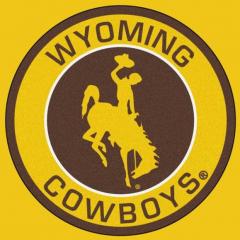
Food Dehydrators & Paint Dryers
Pete J. replied to JayVee's topic in Model Building Questions and Answers
My guess is we have the same one. These were marketed under a bunch of other names but I believe mine was a Ronco. They still sell them and if my ever quits I will buy another one. I cut the grids out of one of the rings to get additional height. Cut away 2/3s for them for a small shelf. Been on my bench for about 30 years as well. I also use it to heat rattle cans. I just keep the Tamiya primer in there and add whatever color I am going to spray when I use it. -

What did you see on the road today?
Pete J. replied to Harry P.'s topic in General Automotive Talk (Trucks and Cars)
One of the blessings of living in SoCal. I was on the 405 southbound from Calabasas and these two pulled in front of me. I heard them before I saw them. Incredible snarl for both engines together. I had to roll the windows down and take in the symphony of 18 pounding cylinders. The Porsche GT 3 (which is in front)looked nasty as heck and the Lambo SVT was just wicked! -
Peter, there is no arguing taste. I remember cars of that era with modest fondness. I had a 72 240Z that I bought new. Never much liked the chrome bumpers, especially with the addon overrides which were critical for others who parallel parked by sound. In 1974 when the national 5 mph bumpers were mandated, a lot of these type of cars got real ugly! I appreciate your opinion. I just don't share it.
-
I think I like the "chrome delete" look of the new one. Like so many cars of that era, there is a lot of stuff just stuck on. I also like the transition of the roof into the rear deck better. Yes the rims are not to my liking but I see the "tribute" aspect of them. Also easily changed. It is interesting to see a side to side comparison.
-
I had heard that Tamiya recommended starting with 1:1 straight out of the bottle but I have never seen anything directly from Tamiya to confirm that. Just thought you might have some other information.
-
Wow, a lacquer that brushes on? That is a surprise. What ratio do you use to thin it to blow it through an airbrush? Thanks for the information Mark.
-
Mark, how do you like the new LP paints? It looks like it went down pretty nice!
-
concur. AS are primarily flat paints and TS are mostly gloss. PS are the same thing formulated for Lexan R/C bodies. They are pretty much interchangeable as long as you are going to clearcoat over them when you are done.
-

What did you see on the road today?
Pete J. replied to Harry P.'s topic in General Automotive Talk (Trucks and Cars)
Minding my own business when this passed me. Nice looking Jag! However if you look closely, two cars ahead is a really nice yellow first gen NSX. These two brightened my day considerably. -

Model Prices vs. Inflation
Pete J. replied to Lunajammer's topic in General Automotive Talk (Trucks and Cars)
Pete spot on. 1971 was when they got rid of federal reserve notes or as they were know silver certificates. You think the U.S. dollar has little or no value, Crypto currancy just boggles my mind! At least with the dollar, the government backs it. Crypto doesn't even have that! -

Model Prices vs. Inflation
Pete J. replied to Lunajammer's topic in General Automotive Talk (Trucks and Cars)
As many of you mentioned, inflation is not the only thing that affects the cost of kits. Even if the molds are paid for and they have no art work cost, there are a lot of things that factor into the cost of a model. First in my mind would be run size. With fewer of us building, repops are sold in much smaller batches than back in the 70's when every kid on the block wanted the latest kit. That means the companies fixed cost(rent, storage, maintenance, etc) per model represents a larger part of the kit than it do 50 years ago. Labor cost have far outstipped inflation in these types of job. You have to pay the skilled person who runs the molding machine much more. Since this is probably not new equipment, the person who can repair it and do maintained probably costs a heck of a lot more. Also, molds are not indestructible! I remember 10 years ago getting into a discussion with another modeler about why modelers are willing to pay more for an old kit. The general opinion was that old kits did not suffer from the wear and tear of a mold being used and thus the lines were cleaner, there was less flash and the fit was much better. Also consider that the model manufacturer throws the dice with every kit they produce. They are never assured that they will sell out the entire run. They may wind up paying for storage for unsold kits, not to mention tying up their capital in unsold kits. Kit manufactures run on notoriously small margins. Witness the demise of several large kit manufactures over time. There are far fewer makers, but they are competing in a much smaller market then they use to have. When they price a kit, they take all this into account. They are a business and if they don't make a reasonable profit then we will have no kits. Complaining about the cost of kits does no one any good. The kits are priced to make a reasonable profit. If you think they cost too much, then pass on it, but complaining that companies are price gouging makes no sense and shows the limited understanding of what companies have to do to put product on the shelf. -
Interesting. The one I tried at nationals had a tank in the bottom and a separate compressor to refill it.
-
Ok here is a different take on the subject. I have a Craftsmen Black pancake compressor that goes to 175 psi. It is pushing 15 year old and still going strong. I tried for years using the built in pressure regulator and even added a second one to get it more exact. I really find that the adjustment of those is not really fine enough for airbrushes. There is a new piece on the market that I am using now and absolutely love it. I am sure there are valves from other manufactures like this but I am now using an Iwata MAC(Micro Adjust Control) external valve. https://www.air-craft.net/acatalog/Iwata-External-MAC-Valve.html I like it because it attaches directly to the airbrush and allows me very fine control when I am doing a test with the brush. It is about 2 turns from full off to full on. It also allows me to run a full 175 psi in the line up to the valve. This is an advantage when cleaning the brush I can run a serious blast of air through it to clear out any bits and pieces of paint. Well worth the investment, especially if you are running a home compressor like you are. Now for the airbrush. I currently own 5 different airbrushes that I have collected over the last 30 years and each does something that the others don't. My oldest brush is the one I recommend for people just starting out. It is the Badger 175 crescendo. I recommend this because it is a reasonably priced brush, but choose the right kit and it comes with three sized needles and tips which will give you far more options than every other brush that I am aware of. The largest is great for large areas like your trucks. I use it for painting very large models like 1/12 scale race cars. It is also a siphon feed brush that will take any "airbrush" bottle, some of which are quite large. I always keep a bottle of thinner around and blow that through the brush when I have finished with one color. It has been my work horse for a long time and I like to give someone starting out options so they don't get frustrated with buying a brush that can't adapt to their needs. http://www.badgerairbrush.com/Crescendo_175.asp
-
They had a demo at IMPS Nationals. Tried one. Not impressed. I think they were designed for fingernail painting or makeup. Not much endurance. Felt very bulky to me because of the tank attached to the bottom of the brush. I suppose they would be ok as a third or fourth brush but certainly not as the only one.
-

Airbrushing & Conditions
Pete J. replied to 70 Sting's topic in Model Building Questions and Answers
Good deal. You are well on your way to being a skilled painter. One piece of advise. Scientific methodology suggests that you never change more than one variable at a time. If you understand temp and humidity, then the next would be thinner ratios. Understand that all thinners are not created equally. Many years ago when they still painted cars with lacquers, the paint stores sold different "temperatures" of thinner to allow you adjust for the temperature of the paint booth. If you switch from one manufacture to another you really don't know what you are getting. Stick with the thinner by the manufacture until you are sure what thinning rate works in what temperature. Also, you may be tempted to buy a gallon from one the hardware store. That is great for cleaning the brush but it is not formulated for the paints we use. I know this will sound crazy to some, but I have several gallons of PPG automotive thinner that cost about $100 a gallon. I bought it when I ran out of DuPont thinner. I use it exclusively to thin paint and now have a very good idea of thinning rates for a given paint, temperature and humidity. It is also very consistent in formulation. If you look at the MSD for Kleen Strip you will find that it can vary from pure acetone to who what knows. As I said great airbrush cleaner but in my world, not useful for anything else. Good luck! -

Airbrushing & Conditions
Pete J. replied to 70 Sting's topic in Model Building Questions and Answers
Pete, the purpose of my remarks was not to get into a protracted discussion about how a/c works. I was only making the point that relative humidity is a direct function of the moisture in the air and that airs temperature. High relative humidity directly relates to the likelihood of blushing and relative humidity is a direct function of temperature and the moisture in the air. Given two identical masses of air and identical amounts of water in suspension in the air, the one with the lower temperature will have a higher relative humidity and is more likely to blush lacquer. Having said that temperature is directly related to a plethora of issues with paint. The moisture in the air causing blushing is only one of them. I am only advocating for the use of a hygrometer to measure relative humidity as opposed to using dew point as a hard figure for go/no go for spraying lacquer. The factors involved in painting have lead many to suggest that good painting is a black art. There are more than a dozen factors that I can think of that will impact the outcome of painting. You can adjust for two of the major ones by using a hygrometer/thermometer. For most beginning users of airbrush's I have always been a big advocate for using a journal. Each time you paint, record the type and brand of paint and thinner, the rate of thinning, which airbrush you are using if you have more than one, the pressure you set your compressor at, temperature and humidity and the outcome of the job. If you do this over time, you will start to see the effects of these factors on your outcome. From that you can determine what adjustment you need to make for different conditions. -

Airbrushing & Conditions
Pete J. replied to 70 Sting's topic in Model Building Questions and Answers
The ac unit does remove some moisture but it certainly doesn't take it to zero. It only puts come cool air in the room. A large portion of the air does not go over the coils. That air is just the air that was there to begin with but with a lower temperature. Cooling the ambient air, doesn't add water to it, but it does raise the relative humidity. Regardless of what you may believe, get a hygrometer and check what the relative humidity is in the room you are in. Hard numbers are always better than speculation. -
I wasn't aware of Skips episode. Even today, I am very careful to let the darned stuff off gas. I use a different procedure than most. After a controlled release of the pressure in the can(punch a hole near the top seam) I put the can in my food dehydrator overnight. The higher temperature not only gets all the propellent out of the paint but also prevents any moisture from getting in the can.


